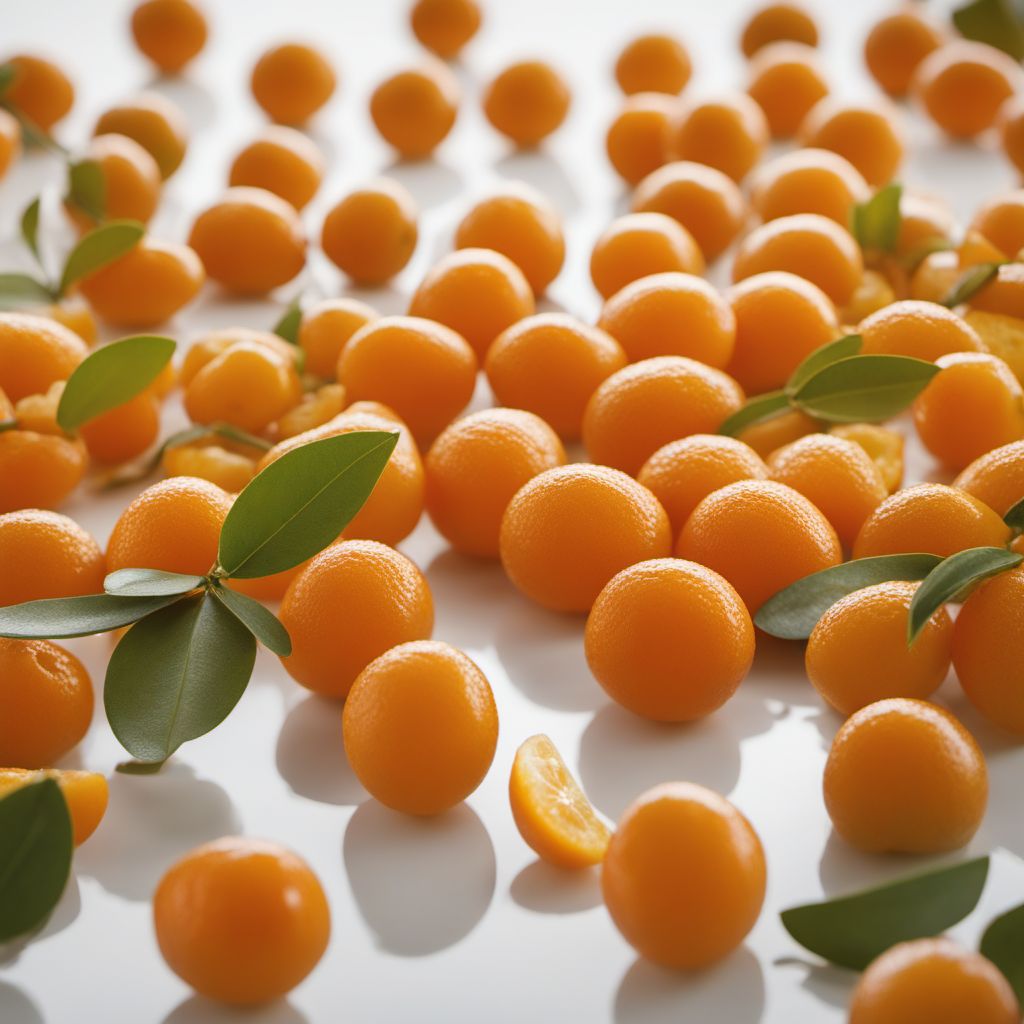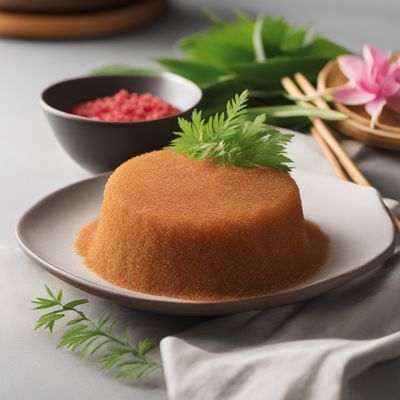
Ingredient
Marumi kumquats
Tangy Delights: Exploring the Unique Flavor of Marumi Kumquats
Marumi kumquats are small, round citrus fruits with a bright orange color and a thin, edible skin. They have a sweet and tart flavor, with the peel providing a burst of intense citrusy aroma. The flesh of the fruit is juicy and slightly acidic, creating a delightful contrast with the sweetness of the peel. The texture is firm and crunchy, similar to that of a grape, and the seeds are usually small and few in number.
Origins and history
Marumi kumquats are native to China and have a long history of cultivation in East Asia. They were introduced to Japan in the 12th century and have since become an integral part of Japanese cuisine and culture. In Japan, they are often used as ornamental plants and are associated with good luck and prosperity.
Nutritional information
Marumi kumquats are a good source of vitamin C, fiber, and antioxidants. They are low in calories, with approximately 71 calories per 100 grams.
How to select
When selecting Marumi kumquats, look for fruits that are firm, plump, and have a bright orange color. Avoid any fruits that have soft spots or blemishes on the skin. The skin should be smooth and glossy, indicating freshness.
Storage recommendations
Marumi kumquats can be stored at room temperature for up to a week. For longer storage, refrigerate them in a perforated plastic bag to maintain their freshness and flavor for up to two weeks.
How to produce
Marumi kumquats can be grown in containers or in the ground. They require a sunny location and well-drained soil. Regular watering and occasional fertilization are necessary for optimal growth. The trees can be propagated from seeds or by grafting.
Preparation tips
Marumi kumquats can be enjoyed whole, including the peel. Rinse them thoroughly before eating, as the peel may have a slightly bitter taste. They can be eaten as a snack, used in salads, or incorporated into desserts and jams. Slicing the kumquats and removing the seeds makes them easier to eat.
Culinary uses
Marumi kumquats are commonly used in Asian cuisines, particularly in Chinese and Japanese dishes. They can be used to add a tangy and citrusy flavor to salads, marinades, sauces, and desserts. They pair well with seafood, poultry, and pork.
Availability
Marumi kumquats are commonly available in East Asia, particularly in China and Japan. They can also be found in some specialty grocery stores or farmers markets in other parts of the world.

